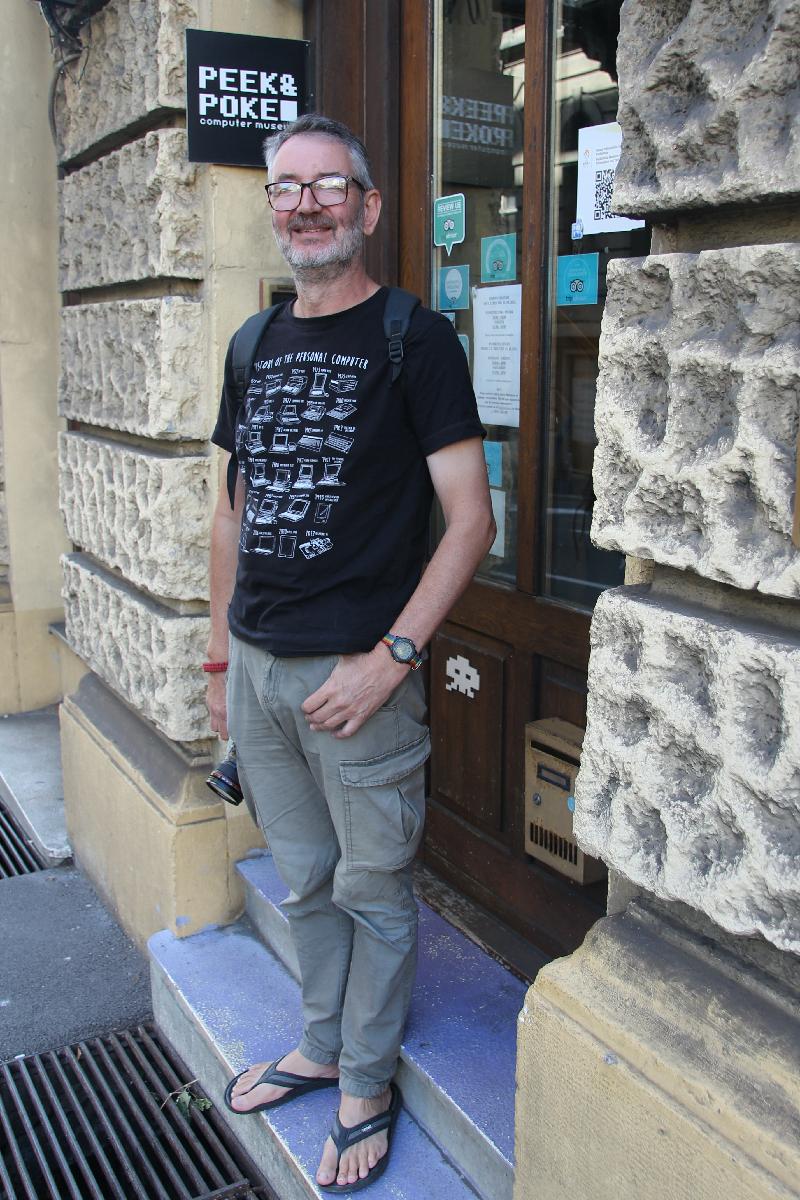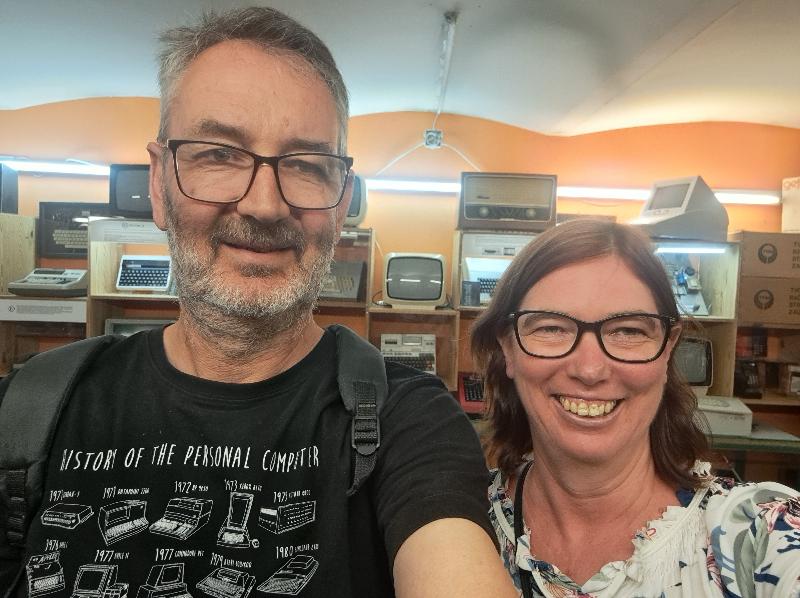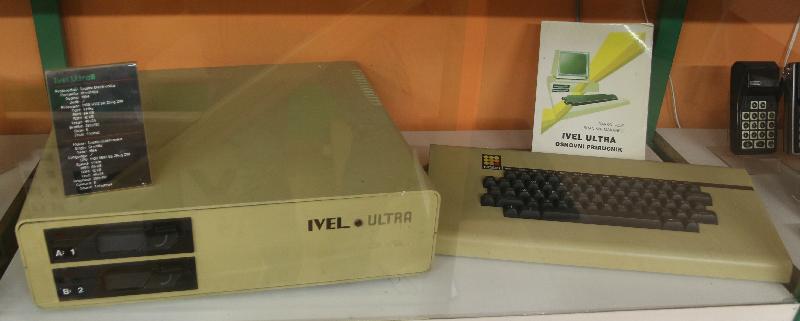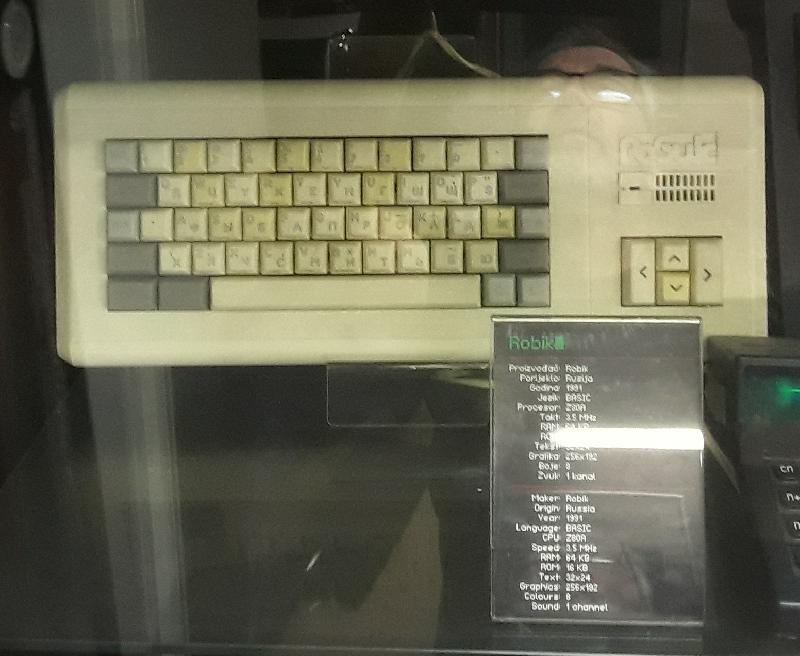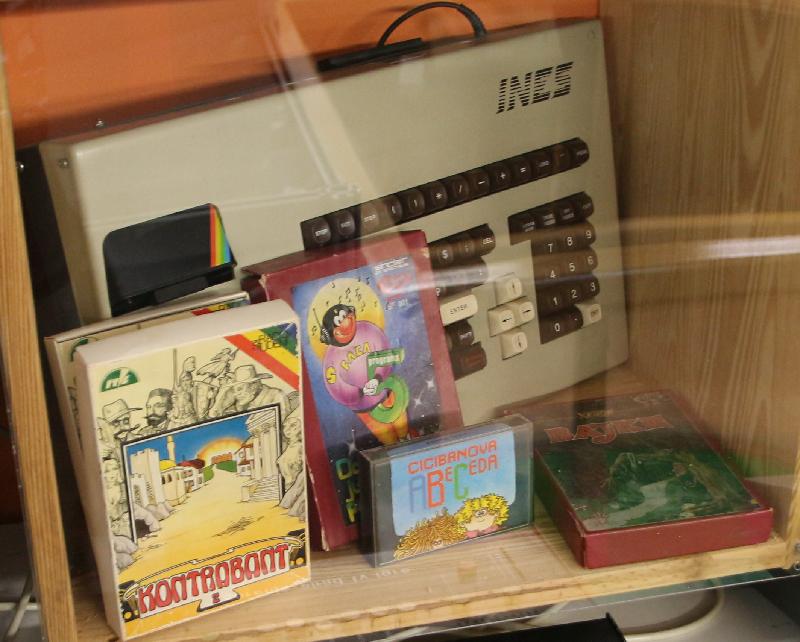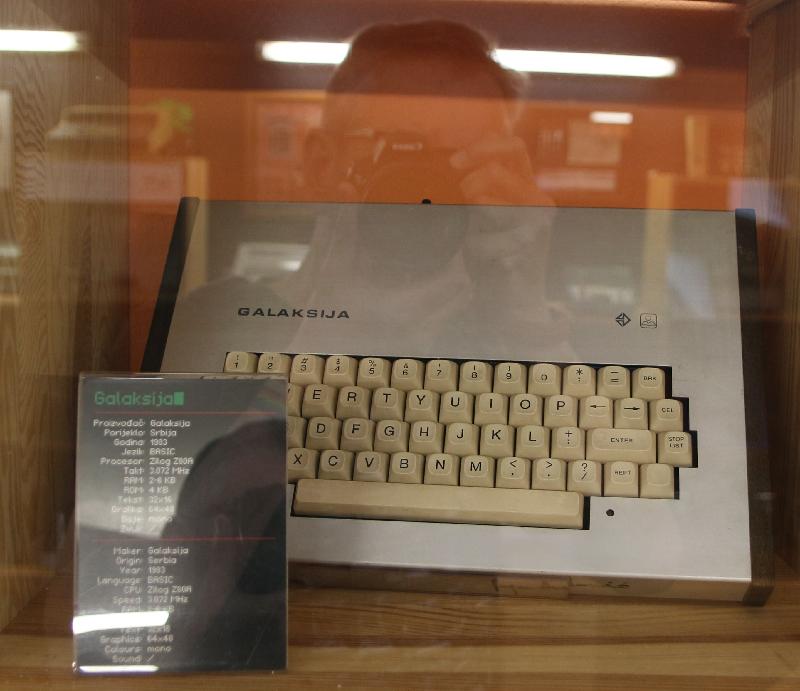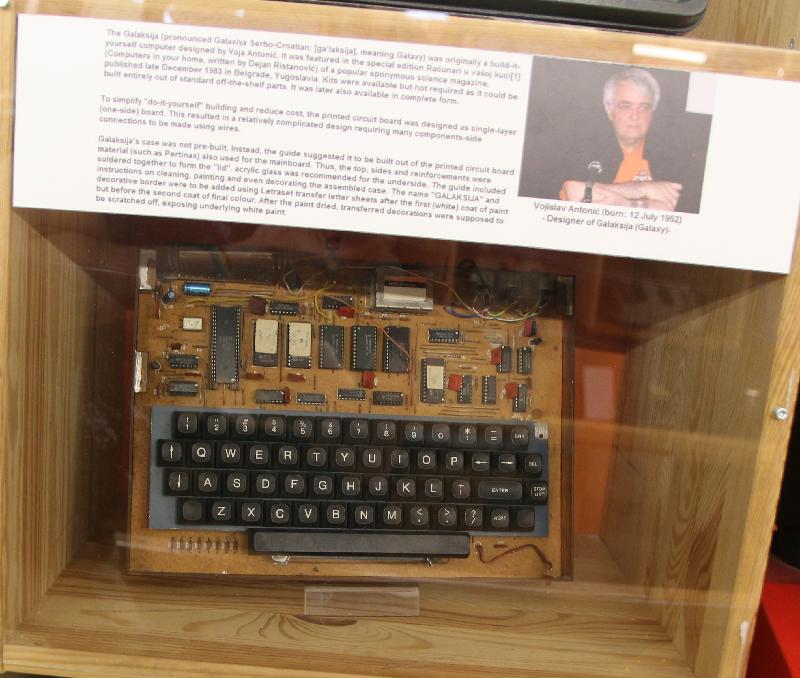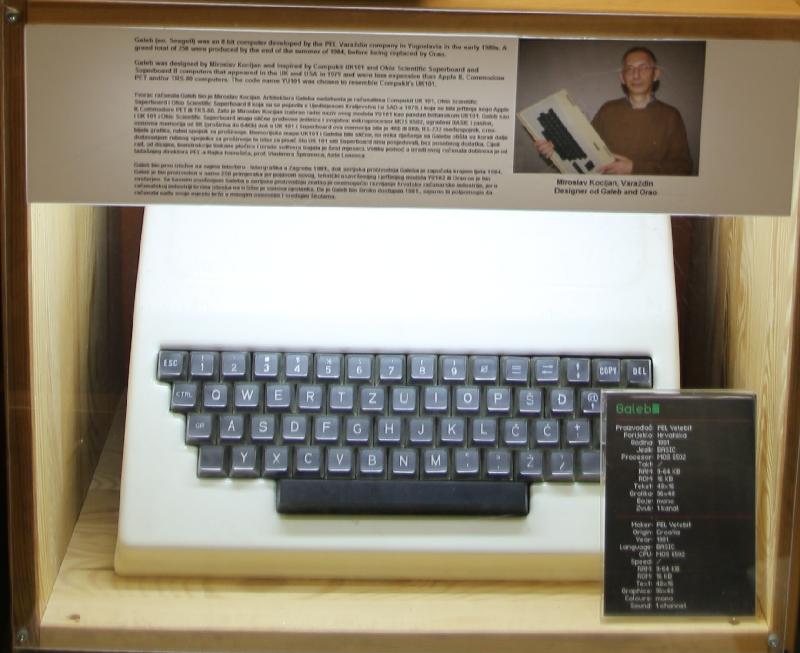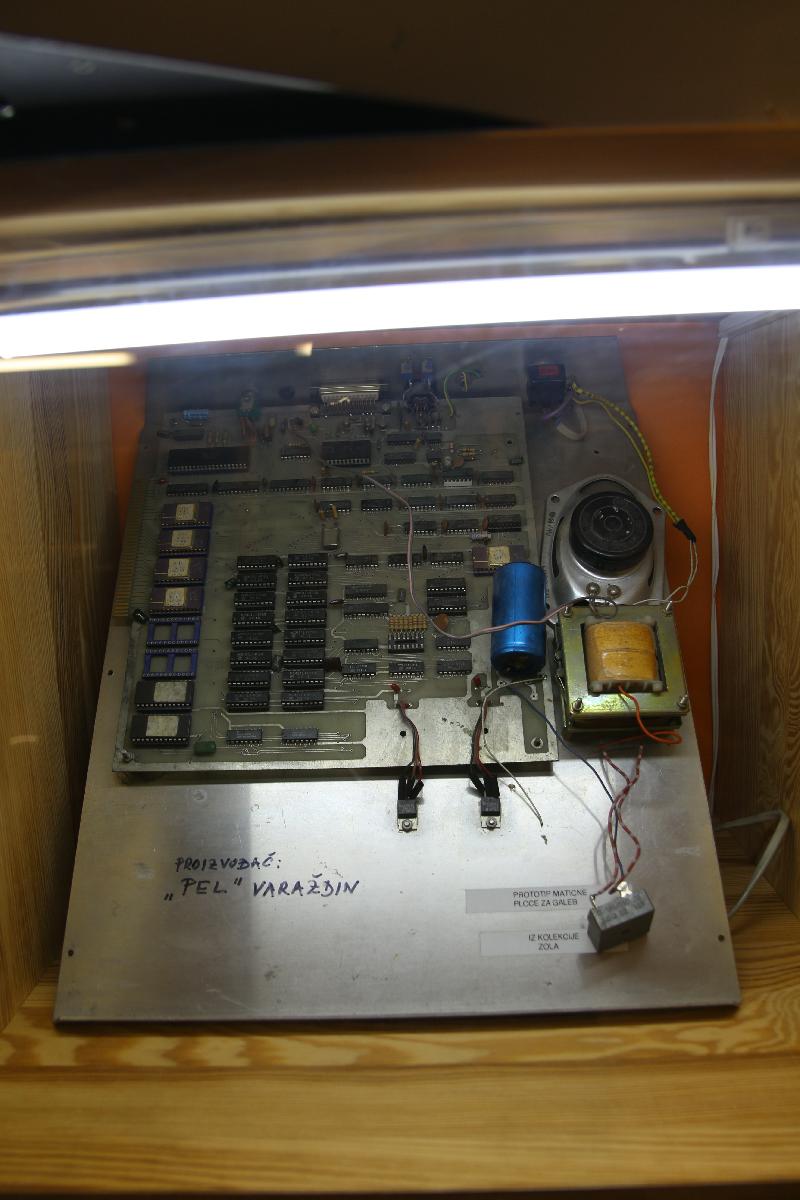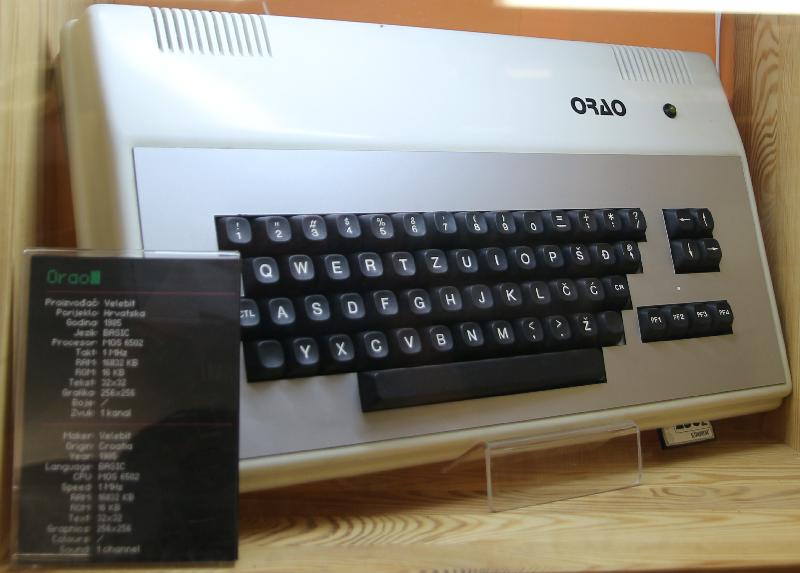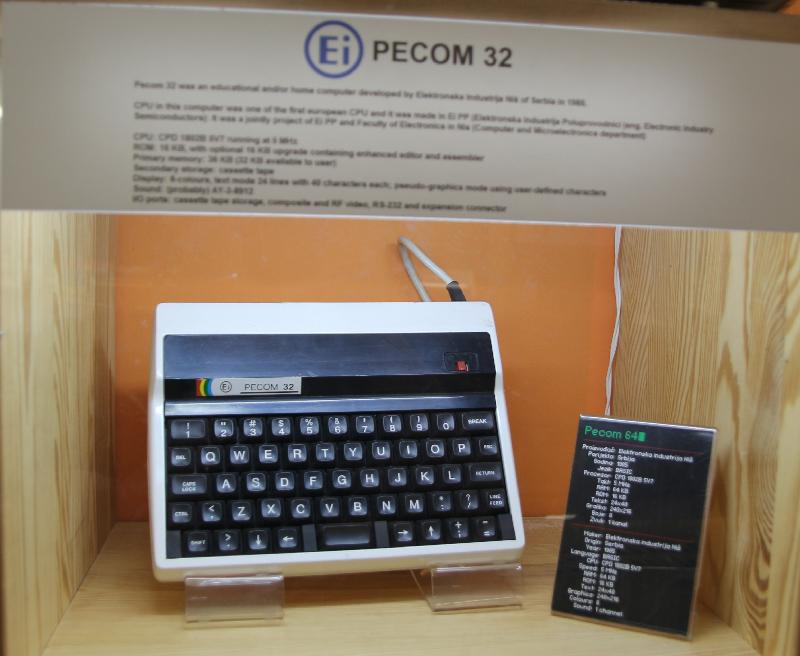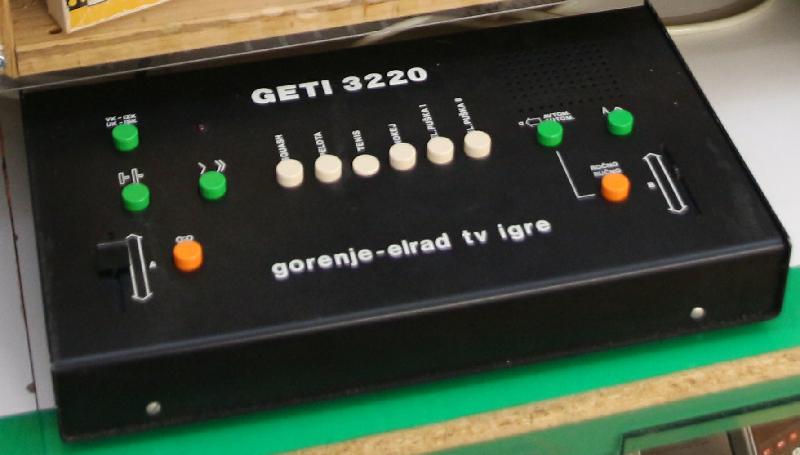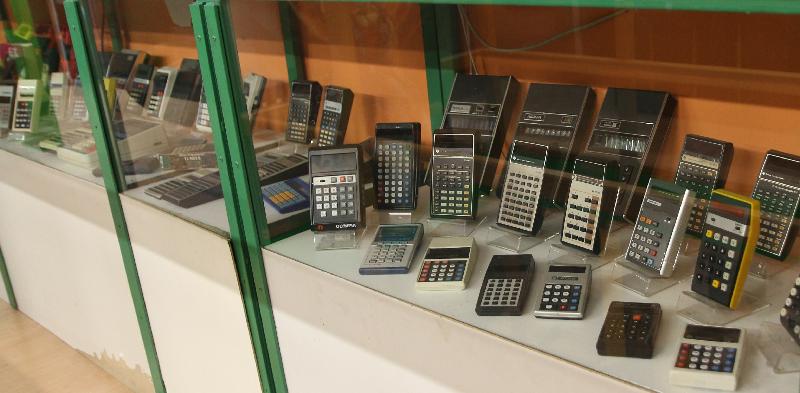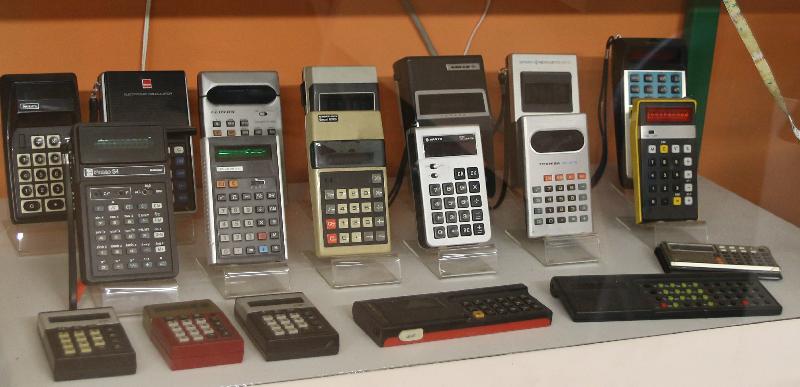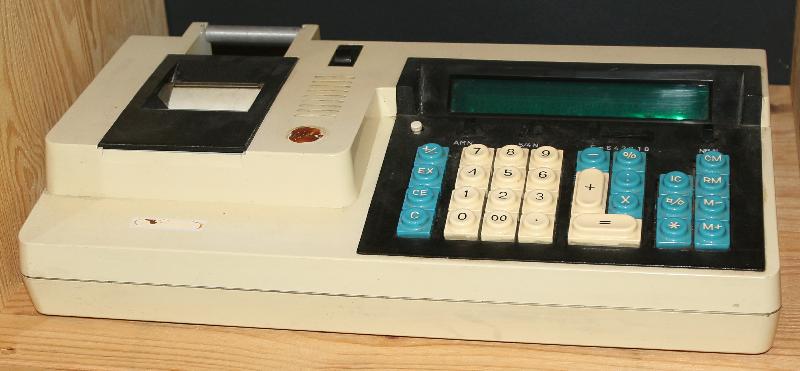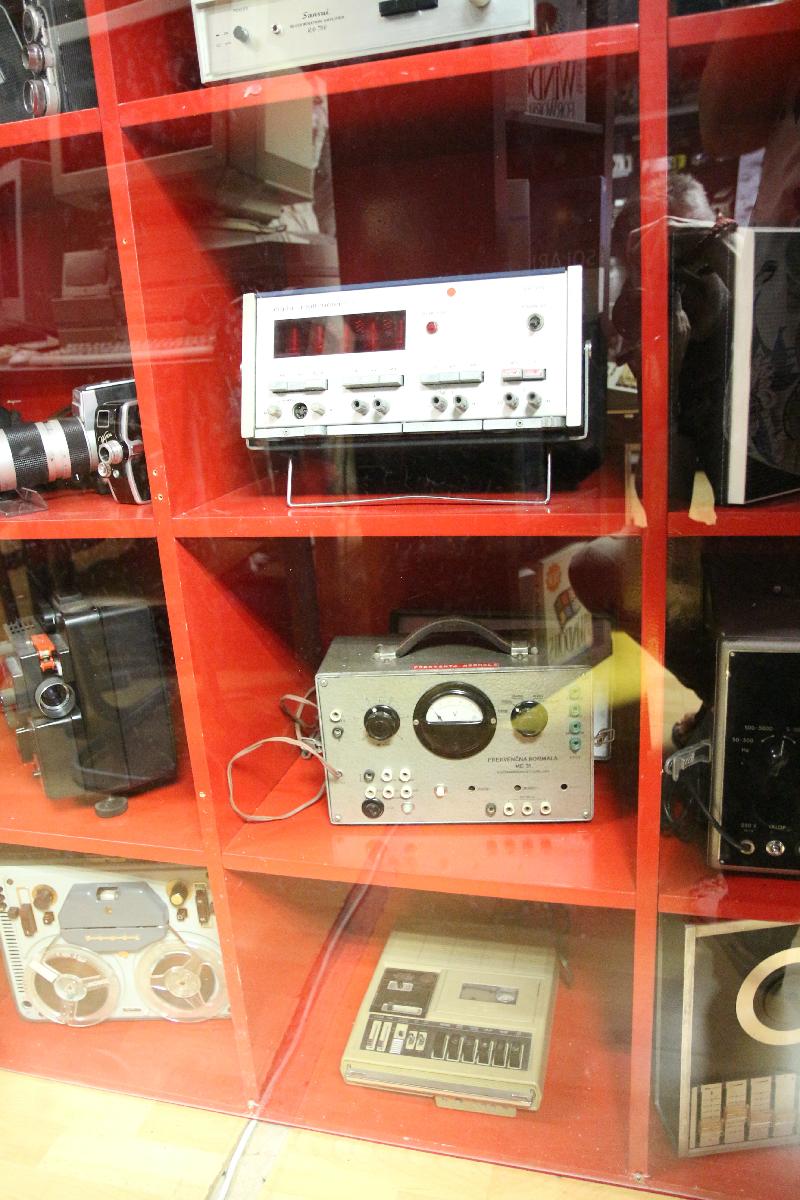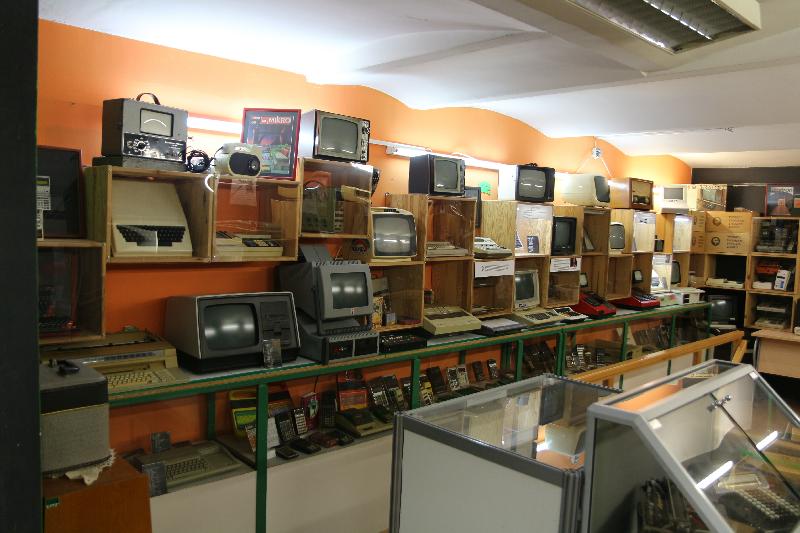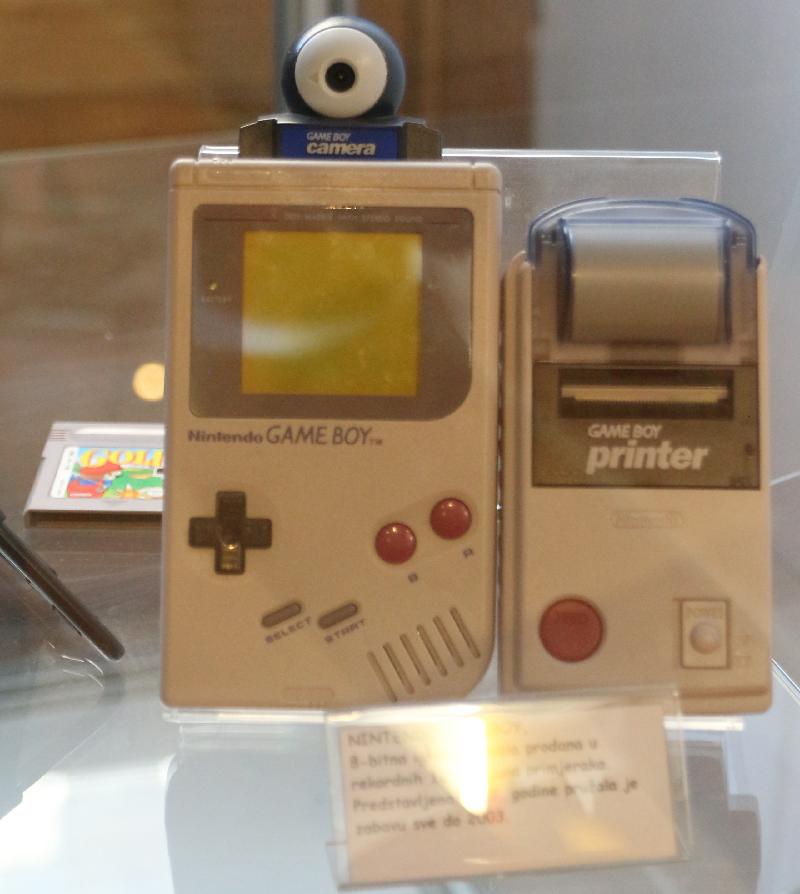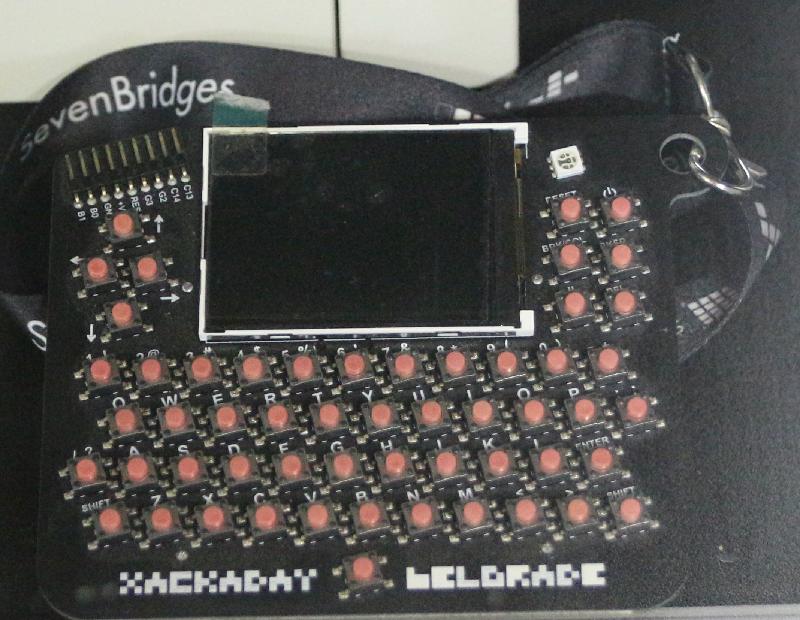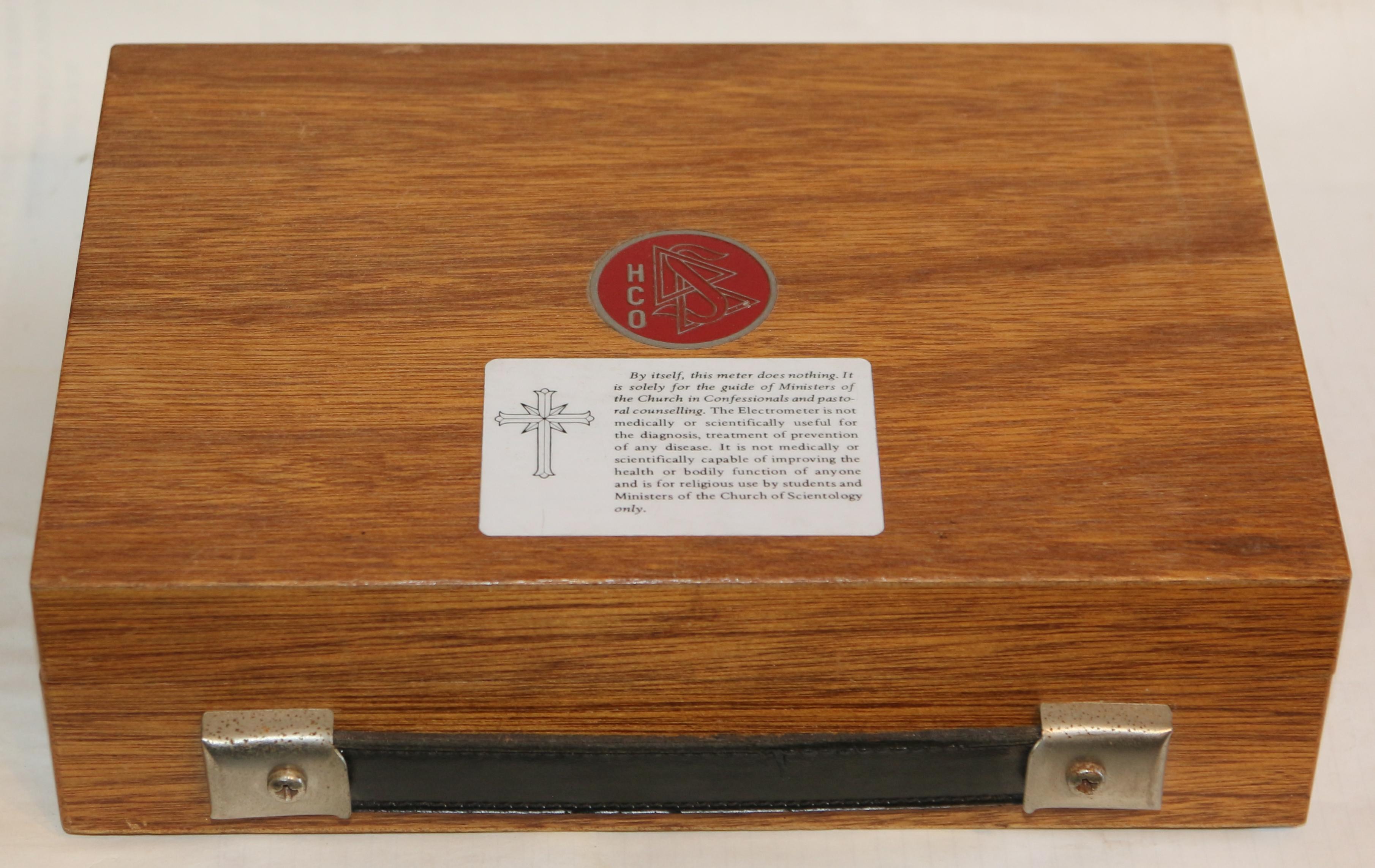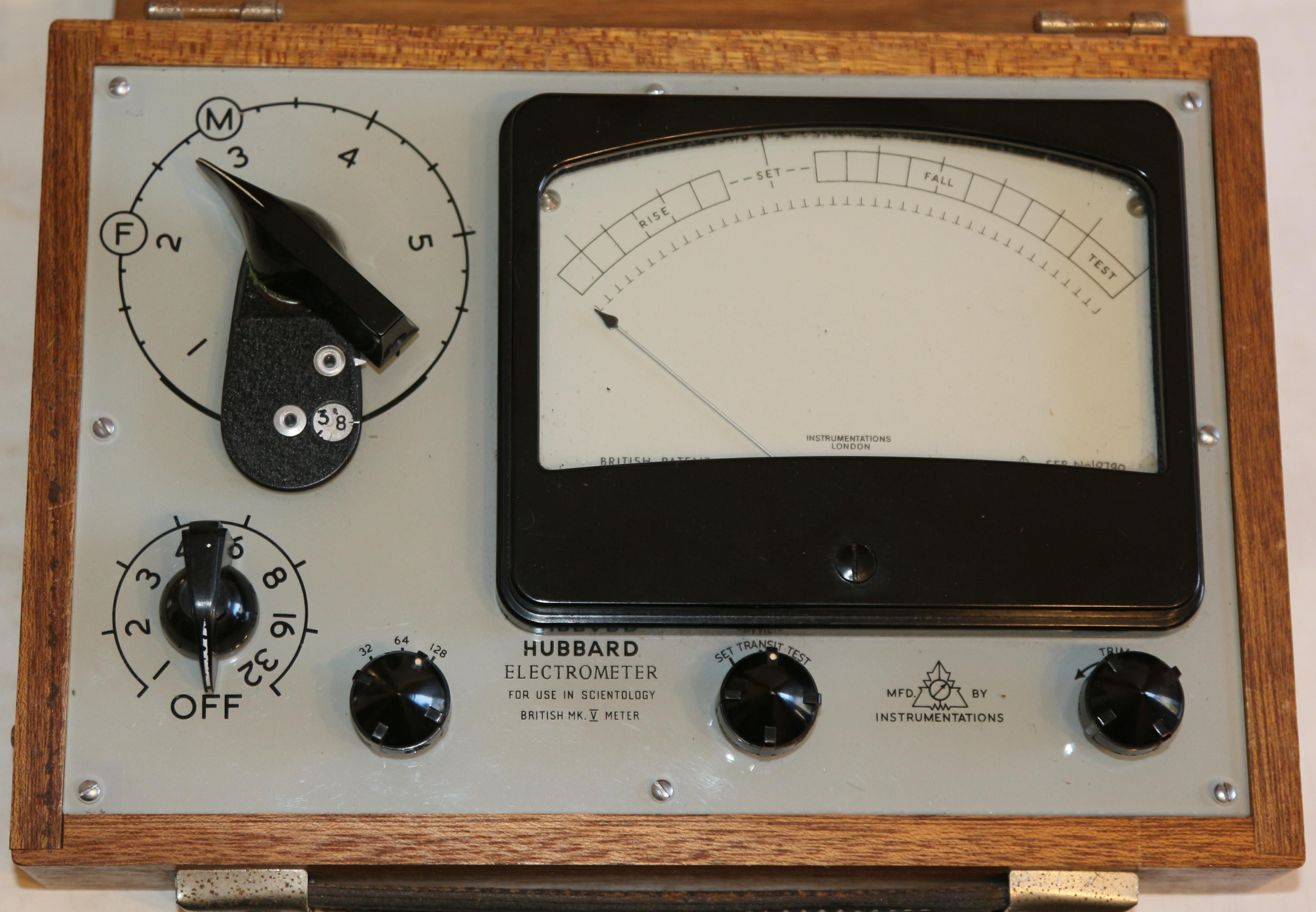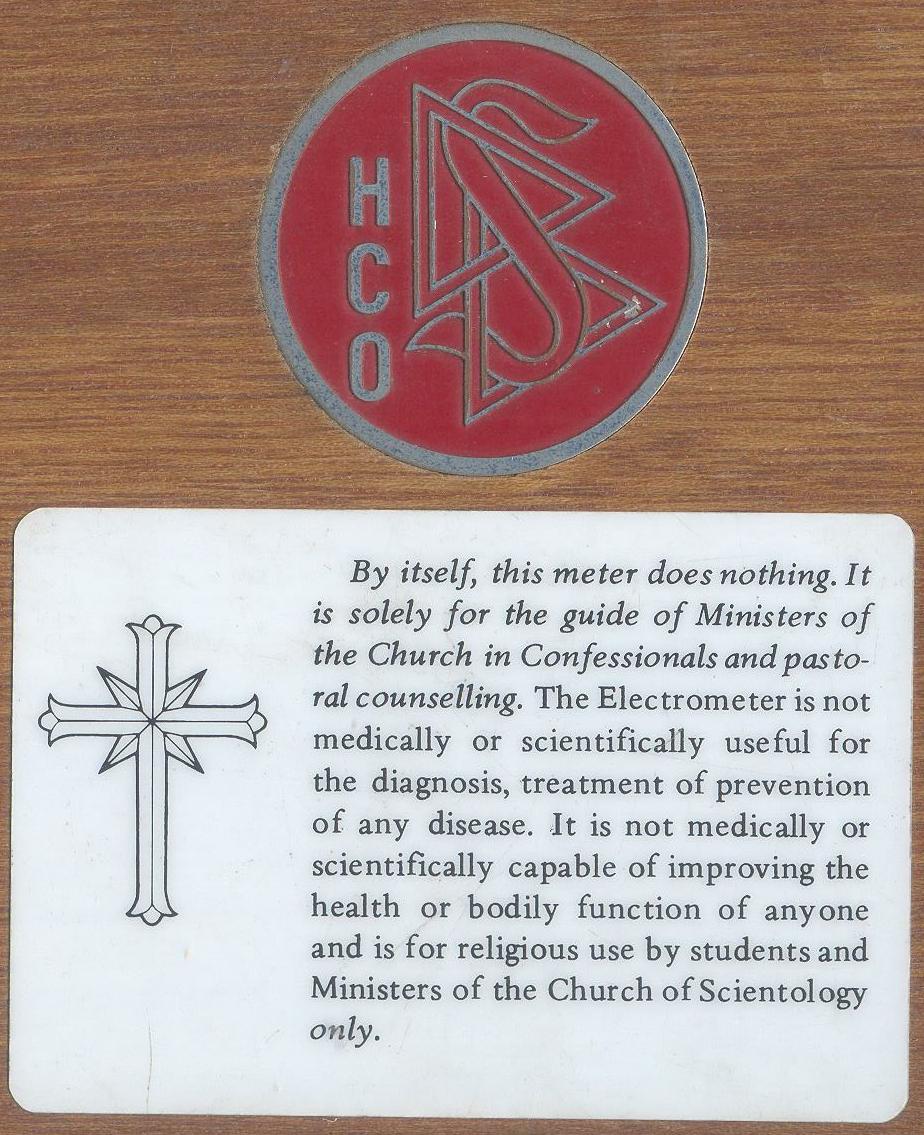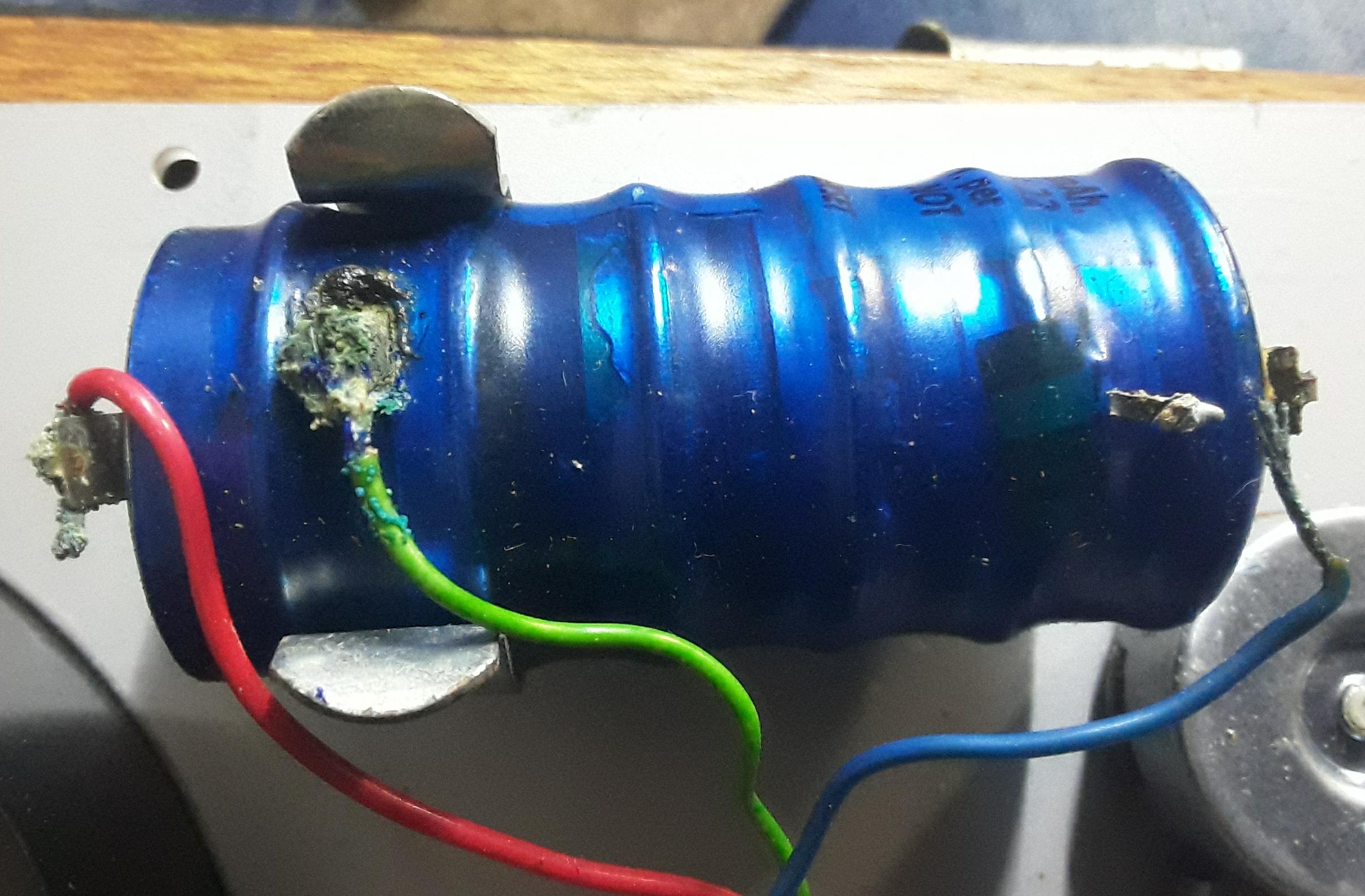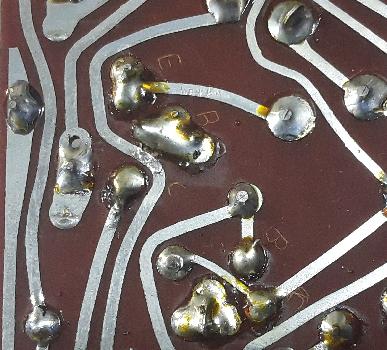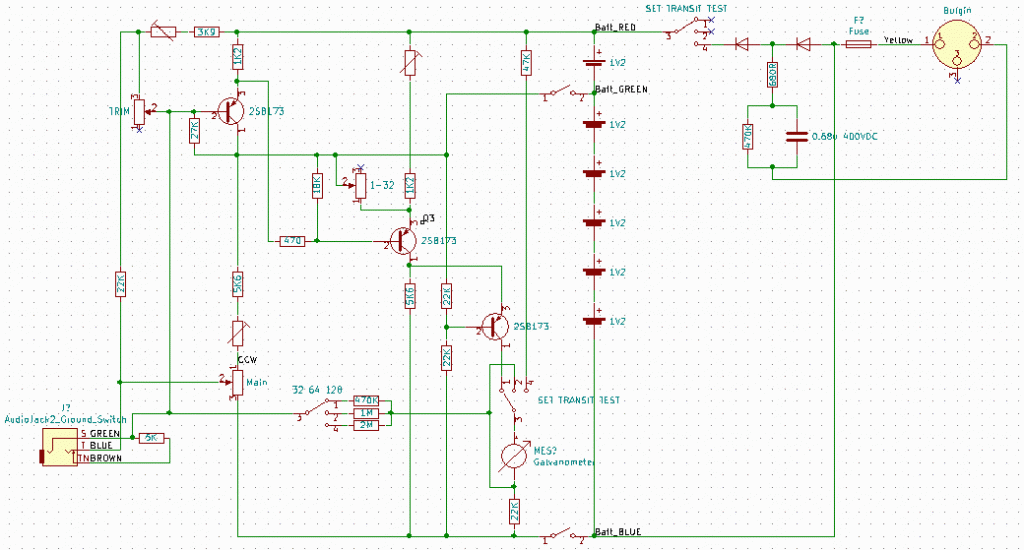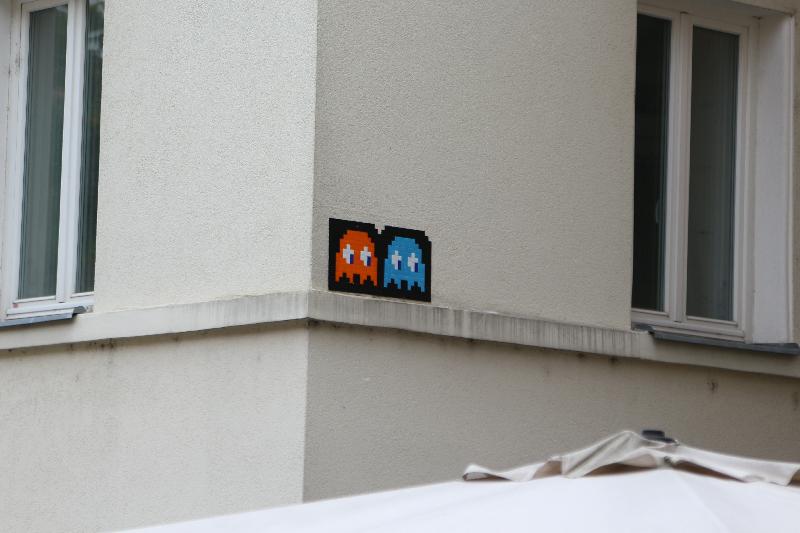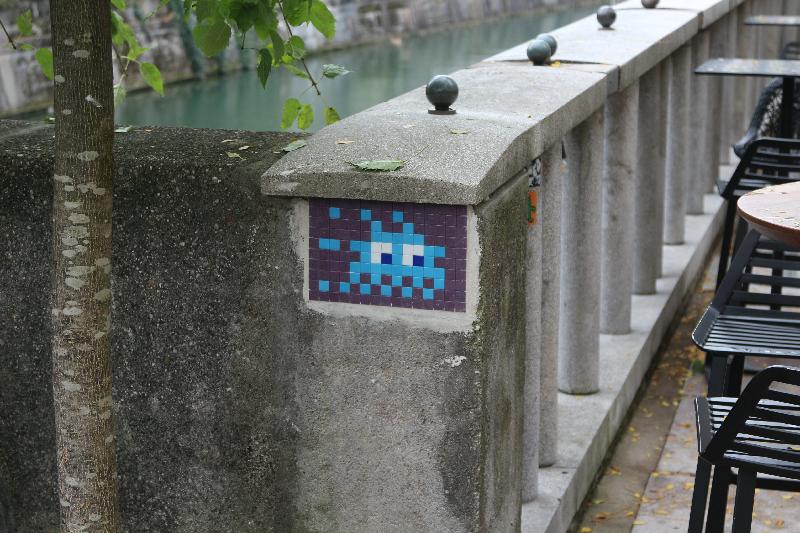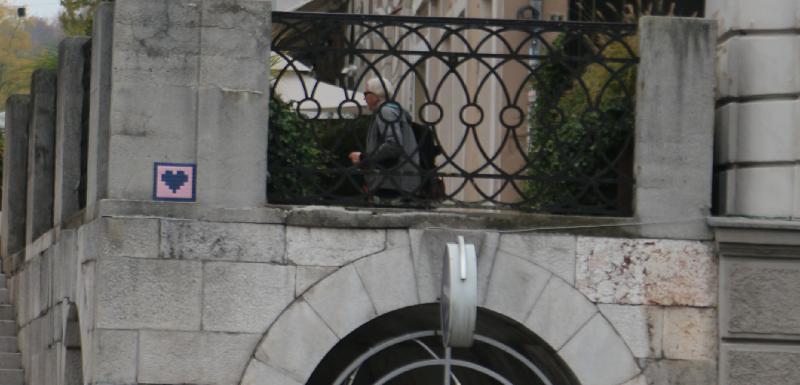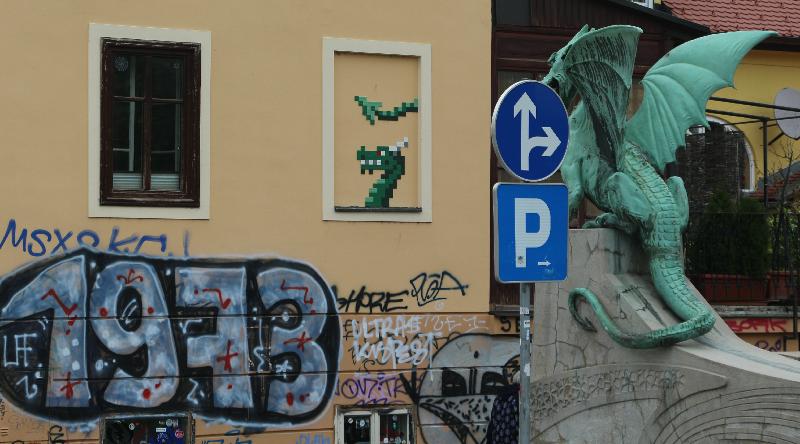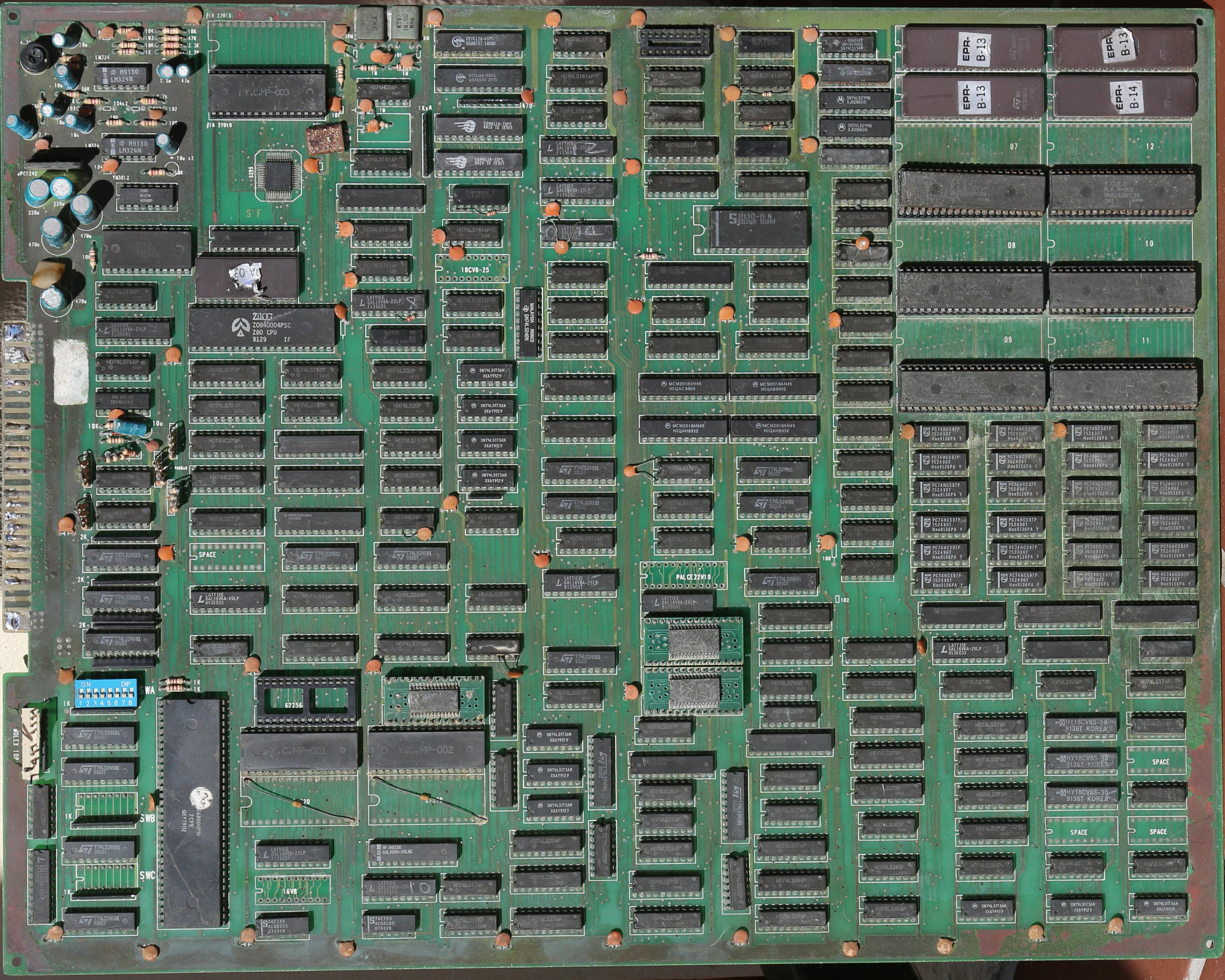Geek
Peek & Poke
Rijeka is home to quite a large computer museum (as these things go, and measured in number of computers, not floor space). You will find the expected Apple / Atari / Commodore / IBM PC and clones… but those don’t interest me so much. What is interesting is the cold war East Bloc stuff that we never got to see or experience in the West.
Unfortunately a lot of the exhibits are behind glass and don’t photograph well.
This is an Ivel Ultra, a Croatian Apple II compatible computer designed by Branimir Makanec and developed by Ivasim Elektronika (in Ivanic Grad close to Zagreb) around 1984. It has a Z-80 (for CP/M) onboard like Franklin did with the Ace 1200.
The Robik is a Soviet ZX Spectrum clone produced between 1989 and 1994 in the Ukraine.
Spica Ines: A decent keyboard for your ZX Spectrum. And a bare PCB would be easier to import as “washing machine parts” than the whole computer…
Much more interesting (and also an unavoidable self-portrait) is the Galaksija.
In 1983, Voja Antonić designed the Galaksija, using a Z-80 processor, some interesting hardware and some hectic software to render the screen directly from memory using interrupts and code that does nothing in a very specific way while using the Z-80 RAM refresh function to pipe the scan lines to the monitor.
The design was published in the October 1983 issue of Galaksija magazine (hence the name) and at least 8000 of these things were built. At least.
Several versions of the PCB has now been recreated, and there’s even a way to get graphics if you have enough memory.
Then there are the commercial “home” computers. The Galeb (“Seagull”, codename YU101) was an 8-bit computer developed by the PEL Varaždin company in the early 1980s. Only 250 were produced by the end of the summer of 1984, before being replaced by the Orao. It’s a 6502 machine “inspired by the Compukit UK101” but if this Ferguson Big Board “(C) Mikro Slovenija” is an indication, it might have been very similar indeed.
One of the Galeb prototypes.
The Orao (“Eagle”) replaced the Orao. Still 6502 based, it was developed by PEL Varaždin in 1984. It was used as a standard primary and secondary school computer from 1985 to 1991.
The Pecom 32 and Pecom 64 were 1802-based educational/home computers developed by Elektronska Industrija Niš of Serbia in 1985. Both had 32k RAM and 16k ROM, but the Pecom 64 supported colour while the Pecom 32 was B&W, as far as I can tell.
These used the standard 1802 (CDP1869 + CDP1870) VIS display system.
The GETI 3220 is an AY-3-8500-based pong game made by Gorenje, who is better known for their household appliances (our fridge in Globoka is a Gorenje).
They also have calculators.
Lots of calculators.
I have a Triumph/Adler 108T, that Triumph looks like an 81S.
I also have the exact same Tvornica Računskih Strojeva TRS612 calculator, although mine is missing a few pieces. Made in Zagreb in the seventies.
They also have TVs, and audio equipment, and cameras, and test equipment. And I have the exact same Philips PM2421 Nixie-tube multimeter (top center of pic).
They cram a lot into 300 square meters.
I knew there was a camera, but I never knew there was a printer for the Game Boy. You could take a picture, print it out (in glorious monochrome) — the electronic version of Polaroid.
A bit more modern but still historically significant — the badge for the Hackaday Conference in Belgrade, 2018.
The website mentions that they’re looking for bigger premises. I will have to go back someday.
Silicon mumbo-jumbo
So this thing crossed my path.
I suppose that’s as much of a disclaimer as you’re going to get.
Because it’s pure snake oil.
Of course I took it apart and reverse-engineered it.
The battery was a bit dodge so I disconnected it.
Someone else had been here before.
The schematic is very similar to the one on the cs.cmu.edu web page. The power supply is… interesting. Unless there’s an external transformer that I don’t have?
- US Patent 3,290,589 issued Dec. 6th, 1966
- Here’s a long but interesting history of the e-meter: https://scientologymoneyproject.com/2020/06/03/a-brief-history-of-how-scientologys-e-meter-came-into-existence-parts-1-10/
Welcome Distopia
Sol stopped pedaling and the whine died away to a moan, then vanished. He disconnected the wires from the electrical generator that was geared to the rear axle of the bike, and carefully coiled them up next to the four black automobile storage batteries that were racked on top of the refrigerator.
— Harry Harrison, Make Room! Make Room! a.k.a. Soylent Green
The novel was set in 1999, the movie in 2022. Reality is lagging a tiny little bit behind.
Really large PCB
If you need an oscilloscope, or you have an oscilloscope that needs a service, Peter is your man*. I bought an Elteknix OS 620 from him, gave him my Hitachi V650F to service.
In his stash of stuff he had a large PCB with a 68000 on it. Obviously an arcade game of some type, I recognised the JAMMA connector. Gave me a bad case of the 10th Commandment. So he gave it to me.
Apart from the 68000 there’s also a Z80, in close proximity to the only surface-mount IC on the main PCB. Said IC is a MSM6295, a sound chip used in many games, so this does not narrow down what we actually have here. But some searching for the text on the ROMs pointed me at this ROM image, and some further searching gave me this auction.
So it’s a bootleg Street Fighter II.
It’s also to far gone to save, IMO.
Interesting mix of chips, very heavy on the programmables, with lots of GALs, an OTP 27512 and three HY18CV8 EEPLDs. I found the array of 74597 shift registers interesting, I wonder whether they shift the content of the rather large (10 Mbit) ROM / EPROM array straight out to video (maybe to create the background).
And interesting to note, it’s all on two PCB layers.
So now I’m conflicted as to whether I should strip it for spares or mount it in a lightbox for display.
*Assuming you’re in the Cape Town area, that is.
Decepticons
My wife asked why I carry a gun around the house? I looked her dead in the eye and said, “Decepticons”. She laughed, I laughed, the toaster laughed, I shot the toaster, it was a good time.
Or in this case, the dishwasher. It was doing strange things so I took out the controller PCB to look for dry joints, etc…
![]()
What’s that at the top left? Looks like a PCB antenna?
![]()
It’s a CC2500 2.4 GHz transceiver.
OK, so some smeg products (this is a smeg LVS65W8A for the record) do have built-in transceivers. And there’s an app (terrible, terrible app BTW) to let you control them — but it’s limited to ovens and wine coolers and this is neither.
Maybe they use one controller for all their appliances, to reduce their inventory. But I’m not sure the reduced inventory cost would balance the increased BoM cost.
Or maybe my dishwasher is spying on me.
Meriva Indicator Relay
So the kid complains that the indicator lights on the one side of the Opel / Vauxhall Meriva stays on all the time. This is a well known problem, there’s a dual relay and the contacts burn and stick.
So I open the box up and give her a stick and show her where to beat the relay into submission lightly tap the relay with a stick to make the stuck contact release. Problem being that once that’s done, if you then lock the car the indicators flash and guess what? Yup, bloody thing sticks again.
Google tells me you can get a new one for under 15 Sterling, which at the current exchange rate is around three hundred rands if you hurry (the rand seems to be heading south a bit faster than normal right now). But there’s shipping on top of that and it takes a while so let’s see…
<ring> <ring> “Opel spare parts, how may I help you?”
Me: “Yea hi I need an indicator relay for a Meriva, part number 09 134 880”
Them: “Yes sir, we have those in stock, one thousand seven hundred and twenty rands”
Me: “You Have Got To Be Shi, I mean, Surely that cannot be the case my good man?”
Them: “Oh yes sorry, my mistake, make that one thousand seven hundred and ten rands”
Me: “Kthanksbyeclick”
Not being a millennial, I do have some tools and spare parts. For VERY large values of “some”. This for example is my box of spare relays.
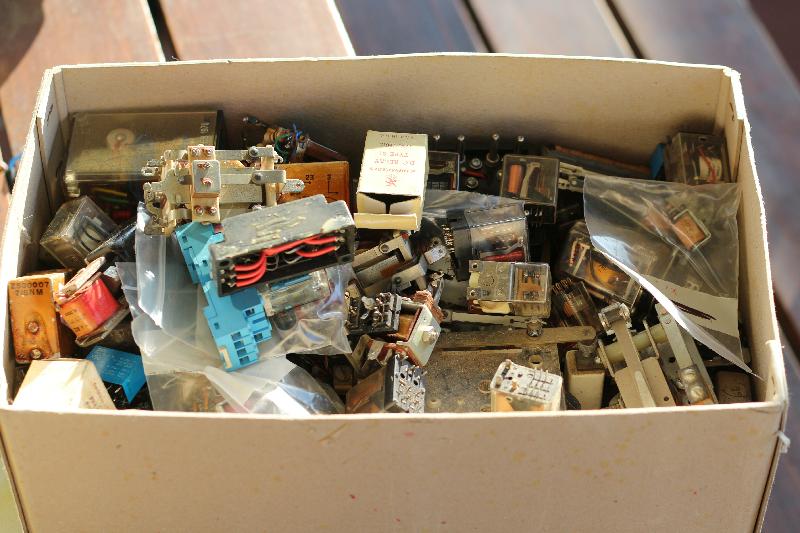
These ones look like just the thing.
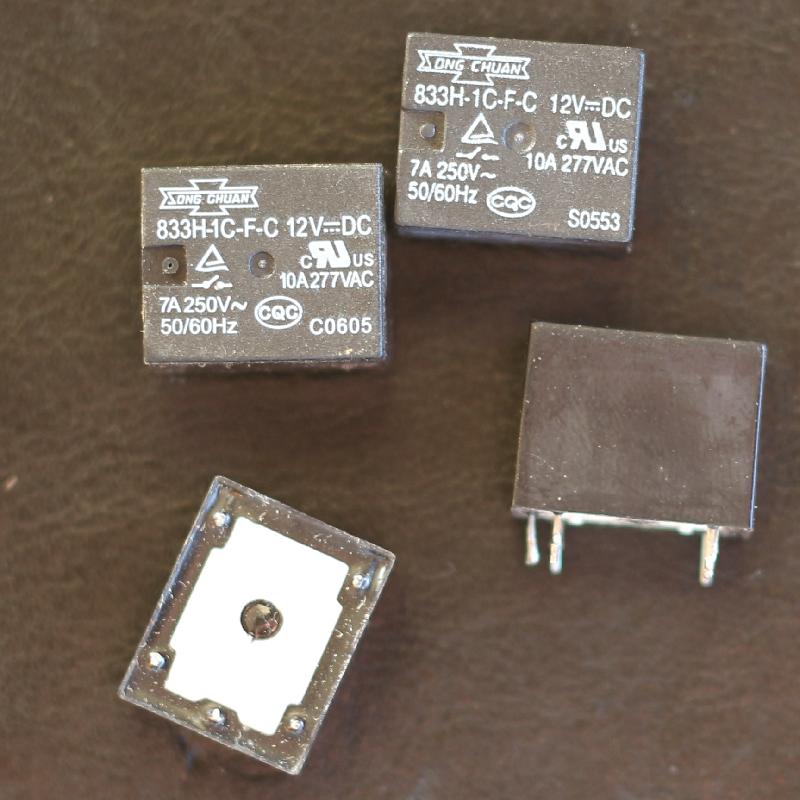
Yup, it works. Cover doesn’t fit back on again, but it will with some surgery if required. I am not too concerned.
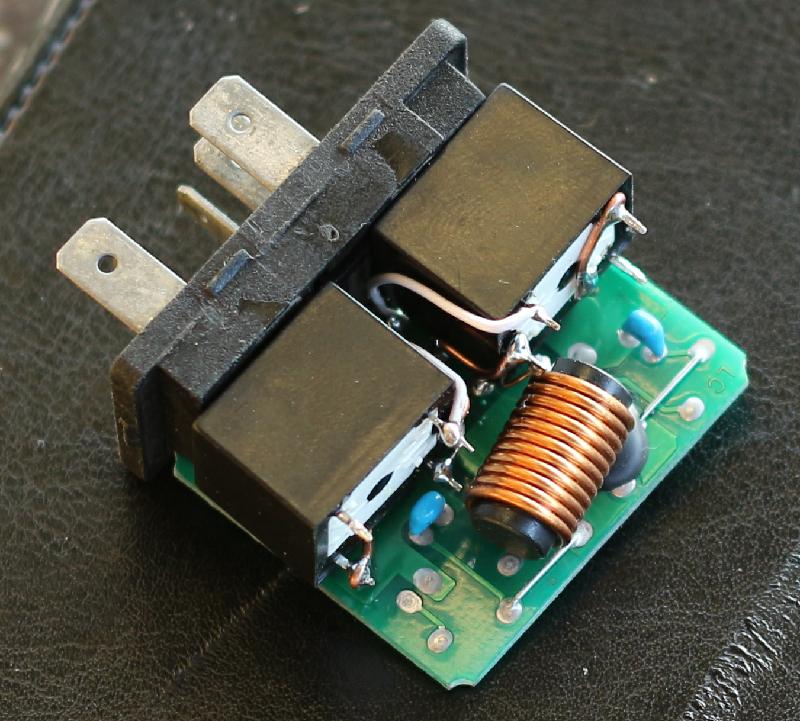
The kid’s father is coming down from the UK in two weeks’ time and he’ll bring down the Real Thing but in the mean time this will do. Very Nicely. R1710. Fsck.
